Have you ever looked at a solar panel and wondered what’s actually inside it? How do these sleek panels soaking up the sun turn it into electricity for your home? It’s not magic; it’s a mix of materials and science working together. Let’s get into what makes up solar panels. From the core ingredients to the finishes that protect them, each part has its own role in capturing sunlight and transforming it into usable power.
Understanding what solar panels are made of helps us appreciate not just the technology itself, but also the innovation behind turning sunlight into energy. This guide will unravel the components that power your home with clean, renewable energy.
The Core Material – Silicon
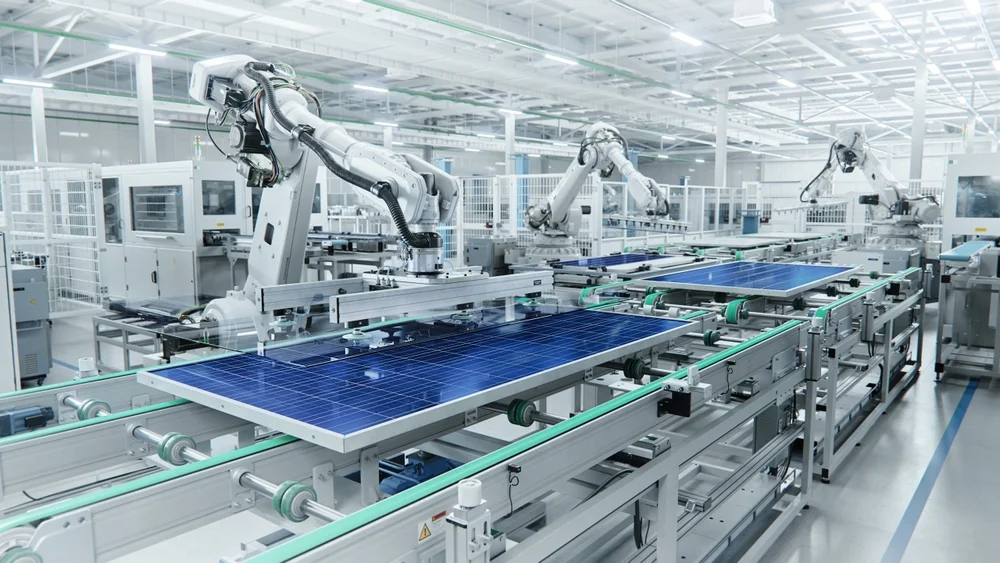
Silicon sits at the heart of most solar panels, and for good reason. This element is a semiconductor, which means it can conduct electricity under certain conditions. This property is key in the conversion of sunlight into electrical energy. Let’s break down why silicon is so crucial:
- Semiconductor Properties. Silicon’s ability to conduct electricity, but only partially, makes it the perfect candidate for capturing sunlight and turning it into power. It’s like the Goldilocks of materials—not too conductive, but just right for your needs.
- Abundance and Sustainability. Silicon is the second most abundant element in the Earth’s crust. This abundance makes it a sustainable choice for solar panel production, ensuring that you are using resources wisely as you shift towards renewable energy sources.
Monocrystalline vs. Polycrystalline Silicon
Without diving into the deep end of efficiency or cost, it’s worth noting there are two main types of silicon used in solar cells:
- Monocrystalline Silicon. Made from a single, pure crystal of silicon, these panels are recognised for their uniform, dark appearance. The purity of monocrystalline silicon means it’s very effective at converting sunlight into electricity.
- Polycrystalline Silicon. This type consists of multiple silicon crystals, giving the panels a speckled look and a slightly less uniform colour. It’s a bit less efficient than its monocrystalline counterpart but still a strong player in the solar game.
Advancing Silicon Technologies
The push for better, more efficient solar panels never stops. In Australia, efforts are being made to take silicon technology to the next level. The Australian Renewable Energy Agency (ARENA) has thrown its support behind projects aiming to develop new silicon technologies for solar cells. This research is not just about making panels more efficient; it’s about ensuring solar energy remains a key player in our renewable energy toolkit, contributing to a better future.
Solar Cells – The Building Blocks
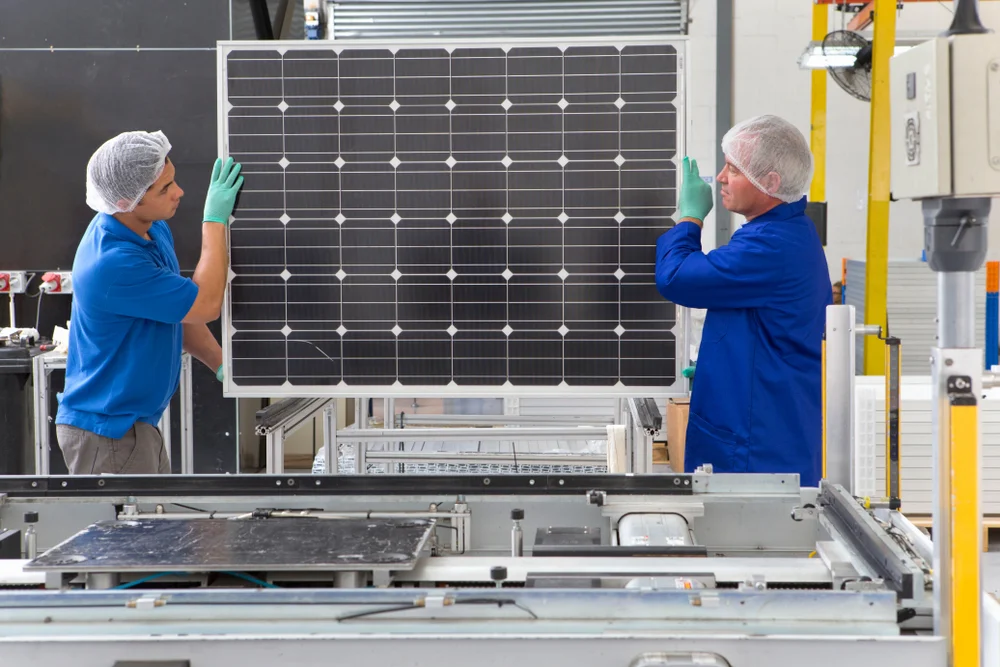
At the core of every solar panel are the solar cells, tiny but mighty components that do the heavy lifting of converting sunlight into electricity. Here’s how these cells are made and their role in the bigger picture of solar energy generation.
From Silicon to Solar Cells
- Creating Wafers. The process begins with pure silicon, melted down and formed into cylindrical ingots. These ingots are then sliced into thin wafers, the foundation of solar cells. It’s these wafers that will soon catch sunlight and start the energy conversion process.
- Doping Process. To enhance their electrical properties, silicon wafers undergo a process called doping. This involves adding small amounts of other elements to create two types of silicon layers:
- P-type Silicon Layer. Doped with elements like boron, this layer has extra positive charges (holes).
- N-type Silicon Layer. Doped with elements such as phosphorus, introducing extra negative charges (electrons).
How Solar Cells Work
- The PN Junction. When the P-type and N-type layers are placed together, they form a PN junction. This junction is crucial—it’s where sunlight is converted into electrical energy.
- Electron Movement. Sunlight hitting the solar cell energises electrons, causing them to move from the N-type layer to the P-type layer. This movement generates an electrical current, which is then captured and directed to power homes, businesses, and more.
The Role of Solar Cells in Solar Panels
Each solar cell is a small generator of electricity, but when combined, they form a solar panel capable of powering much larger systems. Here’s why they’re so important:
- Modular Power Generation. By linking multiple cells together in a panel, and then connecting several panels together in a system, we can scale up the amount of electricity generated to meet different energy needs.
- Efficiency in Numbers. While a single cell generates a modest amount of electricity, the collective power of many cells within a panel can address a home’s energy requirements.
Protective Layers and Encapsulation
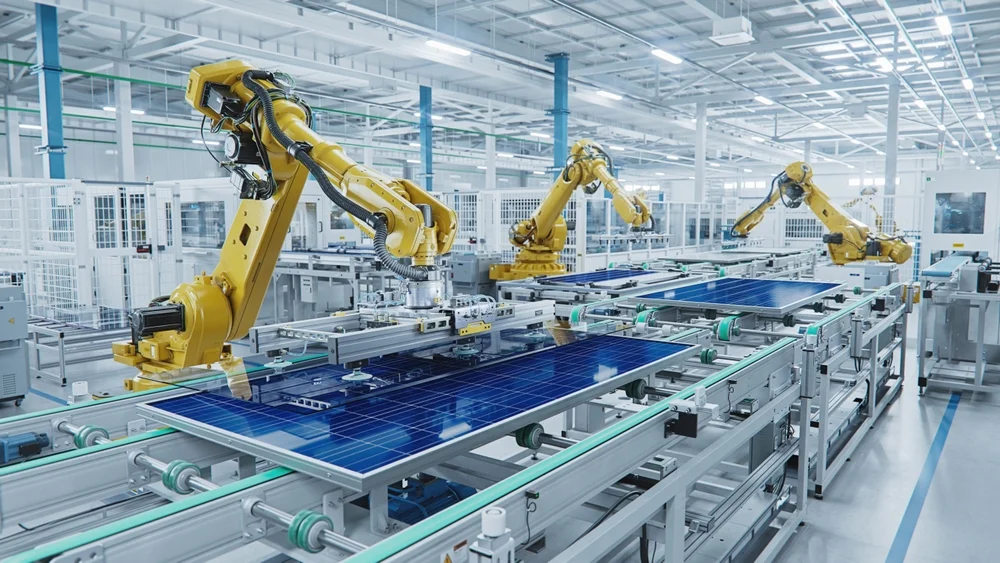
Once the solar cells are ready, they need protection. This is where protective layers and encapsulation come into play. They shield the cells from environmental threats and ensure they can do their job for decades.
Front Layer: Tempered Glass
- Tough and Transparent. The front layer of a solar panel is typically made of tempered glass. This glass is durable and resistant to impact while allowing sunlight to pass through efficiently to the solar cells beneath.
- Weather Resistance. Besides being tough, this glass protects the cells from the elements—rain, hail, and extreme heat to prolong the panel’s lifespan.
Encapsulation: EVA Film
- Securing the Cells. Surrounding the solar cells is a layer of EVA (ethylene-vinyl acetate), a type of plastic film. This encapsulation acts like a sealant, keeping the cells in place and providing additional protection from moisture and other environmental hazards.
- Improving Performance. While its primary role is protective, the EVA layer also enhances the performance of solar panels by ensuring a uniform transmission of sunlight to the cells.
Backsheet: The Panel’s Backbone
The backsheet is the final layer of defense for the solar cells. It has many important functions:
- Insulation and Protection. Typically made from durable polymers or plastics, the backsheet insulates the panel and protects against electrical hazards. It also shields the cells from any damage that could come from the rear, such as water ingress or physical impacts.
- Supporting Durability. The choice of material for the backsheet contributes heavily to the overall durability and longevity of the solar panel. It’s designed to withstand environmental stresses for the life of the panel.
Frame: Structural Integrity
- Aluminium Framing. A robust aluminium frame encases the entire solar panel assembly. This frame isn’t just for looks; it provides essential structural stability and allows the panel to withstand high winds and heavy loads.
- Facilitating Installation. The frame also features mounting points, making it easier to securely install the panel on roofs or mounting systems.
Electrical Components
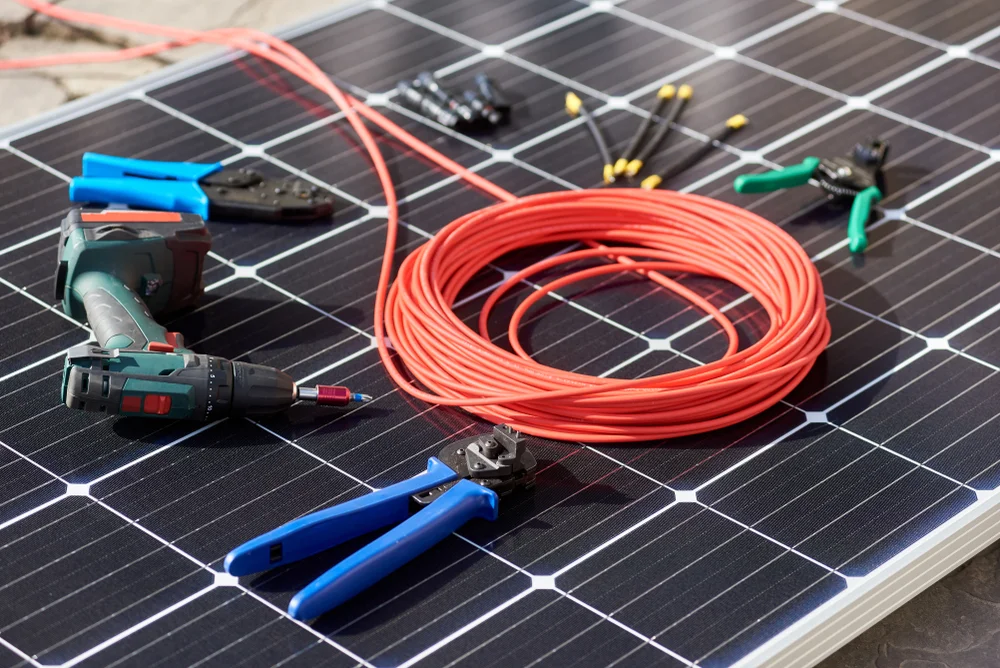
After the protective layers are in place, ensuring the solar cells can withstand the elements, the next step is to wire them up. The electrical components of a solar panel are what transform it from a passive sheet of photovoltaic cells into an active power generator for your home.
Wiring: The Veins of a Solar Panel
- Connecting the Cells. Individual solar cells within a panel are connected using wiring. These wires act like the veins of the solar panel. They carry the electrical current generated by the solar cells to where it’s needed.
- Material Matters. The wires are typically made from copper, known for its excellent conductivity and durability. This ensures minimal energy loss as electricity flows through the panel.
Junction Box: The Heart
- Central Hub. At the back of every solar panel is a junction box. This small but powerful component acts as the heart of the panel, where all the electrical wiring comes together.
- Safety and Connectivity. The junction box houses diodes that prevent the flow of electricity back into the panel (which can happen at night or during very cloudy days). It protects the solar cells and ensures efficient operation. It also provides the connection points for the panel to link to an inverter or the wider electrical system of a home.
Ensuring Safe and Efficient Electricity Flow
The electrical components are what make solar panels not just collectors of sunlight, but sources of electricity that can be used to power your home, feed back into the grid, or charge a battery system. Here’s why they’re so important:
- Safety First. These components are designed not just for efficiency but also for safety. Properly installed wiring and junction boxes ensure that the electricity generated by your solar panels is handled safely, reducing the risk of electrical fires or other hazards.
- Optimising Energy Production. Efficient wiring and a well-functioning junction box mean more of the energy produced by the solar cells makes it to where it’s needed, optimising the overall output of your solar system.
The Role of Coatings and Surface Treatments
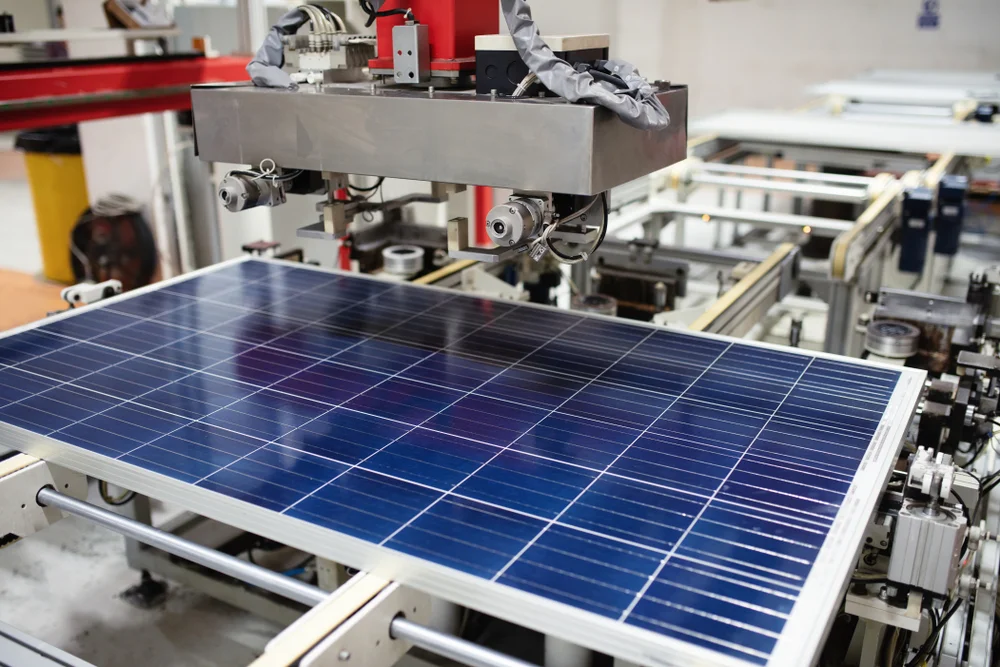
Once the solar panels are assembled and their electrical components are in place, there’s still one final touch needed—the coatings and surface treatments. These seemingly small innovations have a big impact on the effectiveness of solar technology as they maximise the efficiency and longevity of solar panels.
Anti-Reflective Coatings
- Maximising Sunlight Absorption. The top layer of the solar panel’s glass is treated with an anti-reflective coating. This special coating reduces the amount of sunlight that bounces off the panel. More sunlight absorbed means more electricity generated.
- Enhancing Efficiency. By cutting down on reflection, anti-reflective coatings ensure that as much sunlight as possible is converted into electrical energy by the solar cells underneath. This boost in absorption directly translates to an increase in the panel’s overall efficiency.
Surface Treatments for Longevity
- Protection Against the Elements. Solar panels face the brunt of the weather—scorching sun, pouring rain, and howling winds. Surface treatments are applied to protect the panels from these elements, helping to maintain their efficiency over time.
- Reducing Maintenance Needs. These treatments can also make the panels easier to clean and less likely to accumulate dust and dirt. A cleaner surface means better performance and less frequent maintenance.
Why Coatings and Treatments Matter
The coatings and surface treatments might come last in the solar panel manufacturing process, but their impact is felt every day of the panel’s operational life:
- Efficiency and Output. By ensuring that more of the sun’s energy is captured and used, these coatings and treatments play a direct role in how much power your solar panel system can produce.
- Durability and Reliability. Protecting the solar panels from environmental damage not only extends their lifespan but also ensures they continue to operate at peak efficiency for as long as possible.
Talk About Solar to Us
Understanding how solar panels are made gives us a deeper appreciation for the technology and innovation that powers them. If you’re intrigued by the potential of solar energy and curious about how solar panels can transform your home’s energy system, Solar Run is here to help. Whether you’re considering installation or looking for maintenance advice on your existing system, our team of experts is ready to provide you with the guidance and support you need. We’re committed to making solar energy accessible and understandable for everyone. So, get in touch today.
For more insights into the benefits and workings of solar technology, refer to our blog, What Do Solar Panels Do? It will help you understand not just how solar panels are made, but how they can make a difference in your life and the environment.
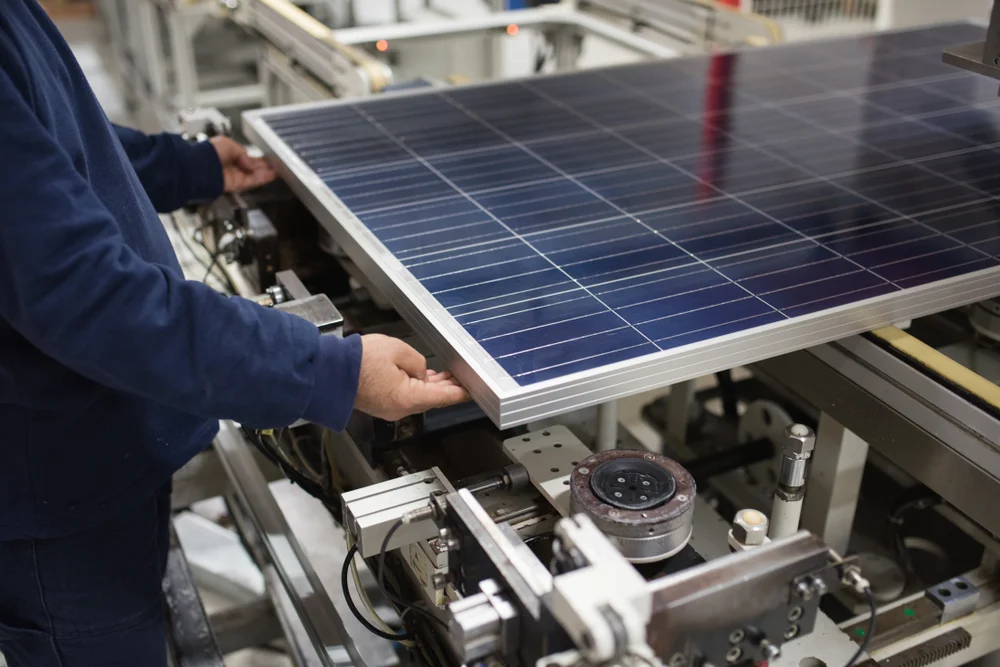
![]()




 Text Us
Text Us